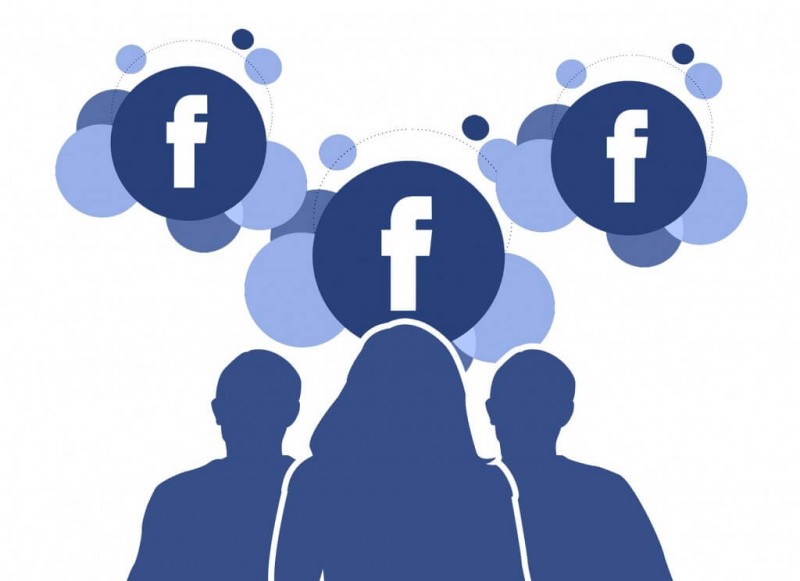Social media has become part of our everyday lives. And not just from a personal standpoint. It has a huge impact on the world of marketing, influencing much of what we see and do on the Internet.
For decades, traditional media has created exposure for thousands of chiropractic practices. While traditional advertising is still dominant, online advertising is growing rapidly. In fact, digital advertising revenue surged to a record-breaking $59.6 billion in 2015, a 20 percent uptick over the previous year’s numbers. Social media stole much of the spotlight, with a 55 percent increase.
TV, direct mail, and billboards are losing their efficacy, while online advertising strategies like social media are changing the way chiropractors find new patients.
So how do social media and traditional media stack up?
![]()
Social Media For Chiropractors: What it is and isn’t
Social media doesn’t always produce new patients. That’s why it’s important to understand the difference between “organic” reach and “paid” reach. Each have their own unique benefits. Let’s use Facebook as an example:
- Organic reach: This includes followers of your Facebook page who see your posts in their newsfeeds. This is “free” exposure, and a benefit of having patients “like” your page.
- Paid reach: This includes Facebook users (typically those who have not seen your page) who see ads sponsored by you in their newsfeeds. This is “paid” exposure. Depending on the campaign, you only pay when someone clicks.
While social media can produce new patients, it’s not as simple as posting the occasional update. Organic reach and paid reach play different roles:
 Organic reach: This won’t generate many new patients – at least, not directly. Most of your followers consist of existing patients. This certainly has its benefits. Organic visits to your page keep you at the top of your patients’ minds throughout the year. In turn, this improves patient retention and generates more referrals.
Organic reach: This won’t generate many new patients – at least, not directly. Most of your followers consist of existing patients. This certainly has its benefits. Organic visits to your page keep you at the top of your patients’ minds throughout the year. In turn, this improves patient retention and generates more referrals.- Paid reach: This is a great way to reach prospective patients who have never heard of you. When you launch a new campaign, you buy your way onto the newsfeeds of prospective patients. They see your ad, click on it, and then, ideally, schedule an appointment on your website.
Why You Should Consider Social Media Advertising
- It’s a lot less expensive. With social media, you can reach thousands of people for a fraction of the cost that it would take through traditional advertising.
- It builds two-way relationships. Unlike a newspaper ad, social media allows you to interact with patients by encouraging them to share, like, and comment on your ads.
- It improves brand recognition. Every opportunity you have to increase your visibility is valuable. Social media is another channel that gets your name out there.
- You can measure it. Social media networks give you an impressive amount of data. This helps you optimize your ads and improve them over time.
 Traditionally, advertising was a way to create messages that go out to the masses. You write copy for a newspaper ad and each subscriber of that newspaper sees your ad. Similarly, you send out a direct mail piece, and you reach a broad area of people. In other words, anyone with a mailing address in your target area. Sure, you might reach some potential patients here and there. But you’re paying a lot of money to reach people who have no interest in chiropractic care.
Traditionally, advertising was a way to create messages that go out to the masses. You write copy for a newspaper ad and each subscriber of that newspaper sees your ad. Similarly, you send out a direct mail piece, and you reach a broad area of people. In other words, anyone with a mailing address in your target area. Sure, you might reach some potential patients here and there. But you’re paying a lot of money to reach people who have no interest in chiropractic care.
With online advertising, chiropractors have found the solution to their ultimate fantasy: the ability to customize a specific message to a specific person at a specific moment. Social media platforms compile extensive data on their users, which has created unique targeting options. These targeting options allow you to pinpoint your ideal patient.
Say you are a chiropractor practicing in Boise, Idaho, and your ideal patients are middle-aged women. You could run a new patient special targeting women aged 35 to 50 who live within 20 minutes of your office. Or, say you specialize in sports chiropractic and your ideal patients are young men and women interested in sports. You could run an ad that targets 18 to 30 year olds who live within 15 minutes of your office and are interested in soccer, basketball, swimming, etc.
Does a billboard or direct mail ad give you these abilities? Not anywhere close.
![]()
The Challenges of Social Media Advertising
Social media isn’t all gravy, though. For the layperson, it can be intimidating. As digital marketer Aaron Reitkopf observed:
“There’s never been a better time to be in advertising, and there’s never been a worse time.”
Reitkopf’s statement might sound grim. The intricacies of digital technology have made advertising more challenging. It’s not a marketing channel you can launch and forget about. Your ads must be monitored continually to ensure optimal results. Thankfully, social platforms give you a great deal of control in how you budget and track your campaigns.
Facebook, for instance, allows you to add code to your website to set up patient conversion goals. This allows you to monitor the actions people take after clicking on your ad.
If your goal is to get potential patients to your Contact page, you’ll be able to see how many people clicked, and then how many of them made it to the page. If visitors are clicking on your ads and not converting, this could be a sign that your campaign needs adjustments.
Key Takeaways
The one-way communication of traditional advertising is a declining model. Social media’s ability to create two-way conversations makes it an economical marketing channel that packs a serious punch.
Here are the takeaways:
- Non-paid social marketing encourages repeat appointments and patient referrals
- Paid social marketing can generate new patients who’ve never heard of you
- Social media is more cost effective than traditional media
- Social media creates two-way relationships; with traditional media, your audience can’t respond
- Social media’s ad targeting options allow you to pinpoint your ideal patient by gender, age, behaviors, and more.
- Social media has advanced metrics that allow you to see exactly how your ads are performing
![]()
Do you think Facebook advertising might be a good tactic to add to your marketing arsenal? Learn here how Perfect Patients builds social strategies that pull all your online marketing initiatives under one roof.


